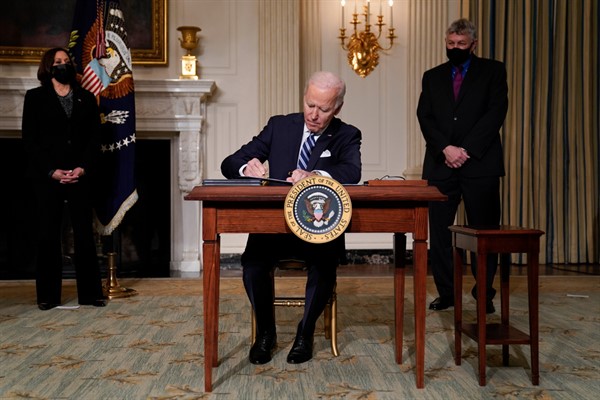This is shaping up to be a make-or-break year for international cooperation on biodiversity, though you might not know it. American news outlets have focused most if not all of their recent environmental reporting on climate change. On one level, of course, this makes sense. Climate change is the most daunting collective challenge that humanity has ever faced, and nations have fallen far behind the emissions reduction targets they set in Paris in 2015.
Given these stakes, it’s certainly front-page news that President Joe Biden has called climate change a top-tier U.S. national security threat. What’s more, he has also already scheduled an Earth Day summit to press for greater emissions reductions, committed to decarbonize the U.S. economy by 2050, and appointed a climate czar, Gina McCarthy, to mainstream climate policy across the U.S. government, and a special climate envoy, John Kerry, to serve as his global emissary.
However, climate change is not the only environmental emergency confronting the planet. The world is also experiencing a historic collapse of global biodiversity that merits far more attention. Its leading cause is not climate change—at least not yet—but intensive land use. Rampant pollution, invasive species and the unsustainable exploitation of living organisms are also contributing to the degradation of nature.

